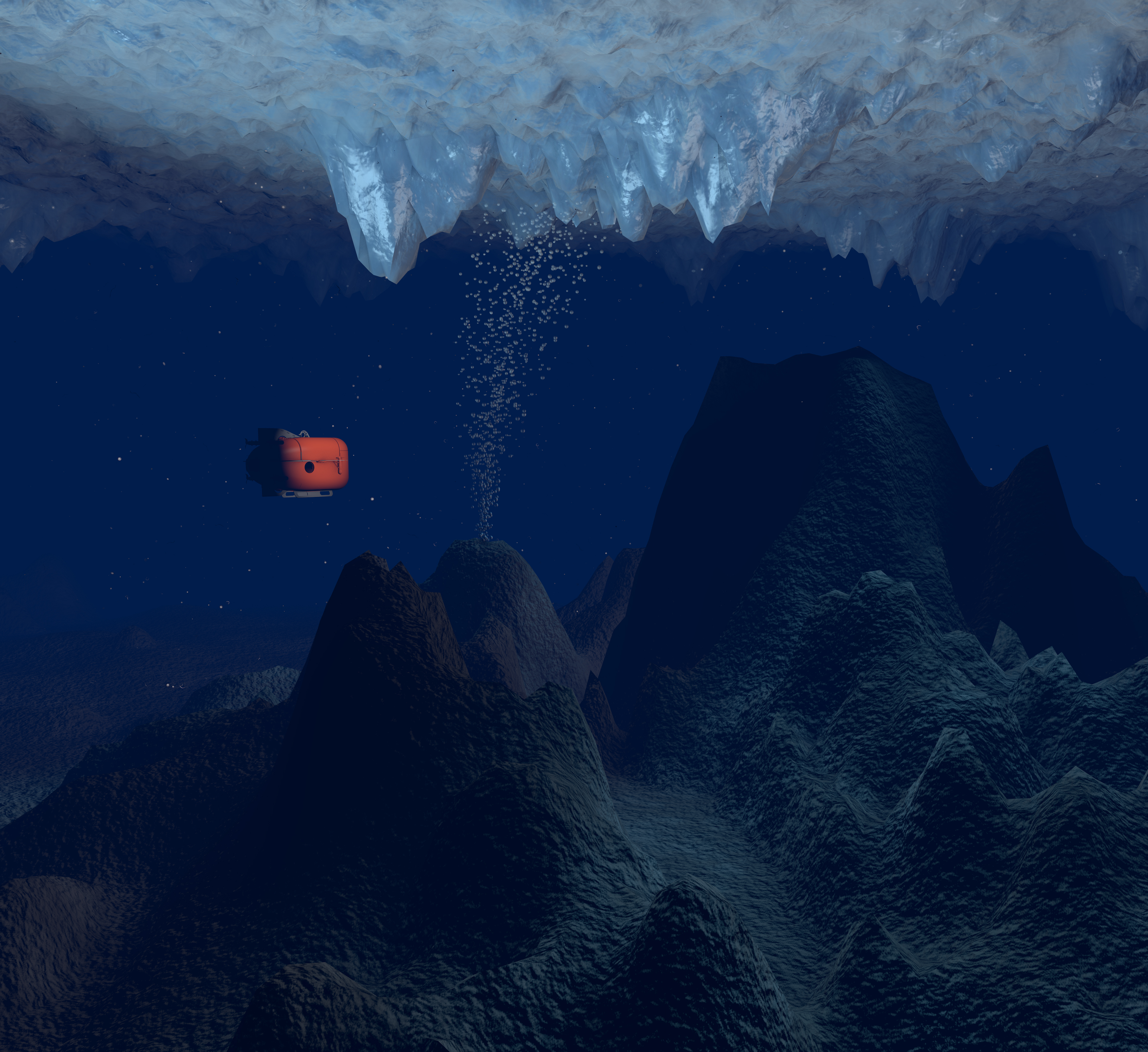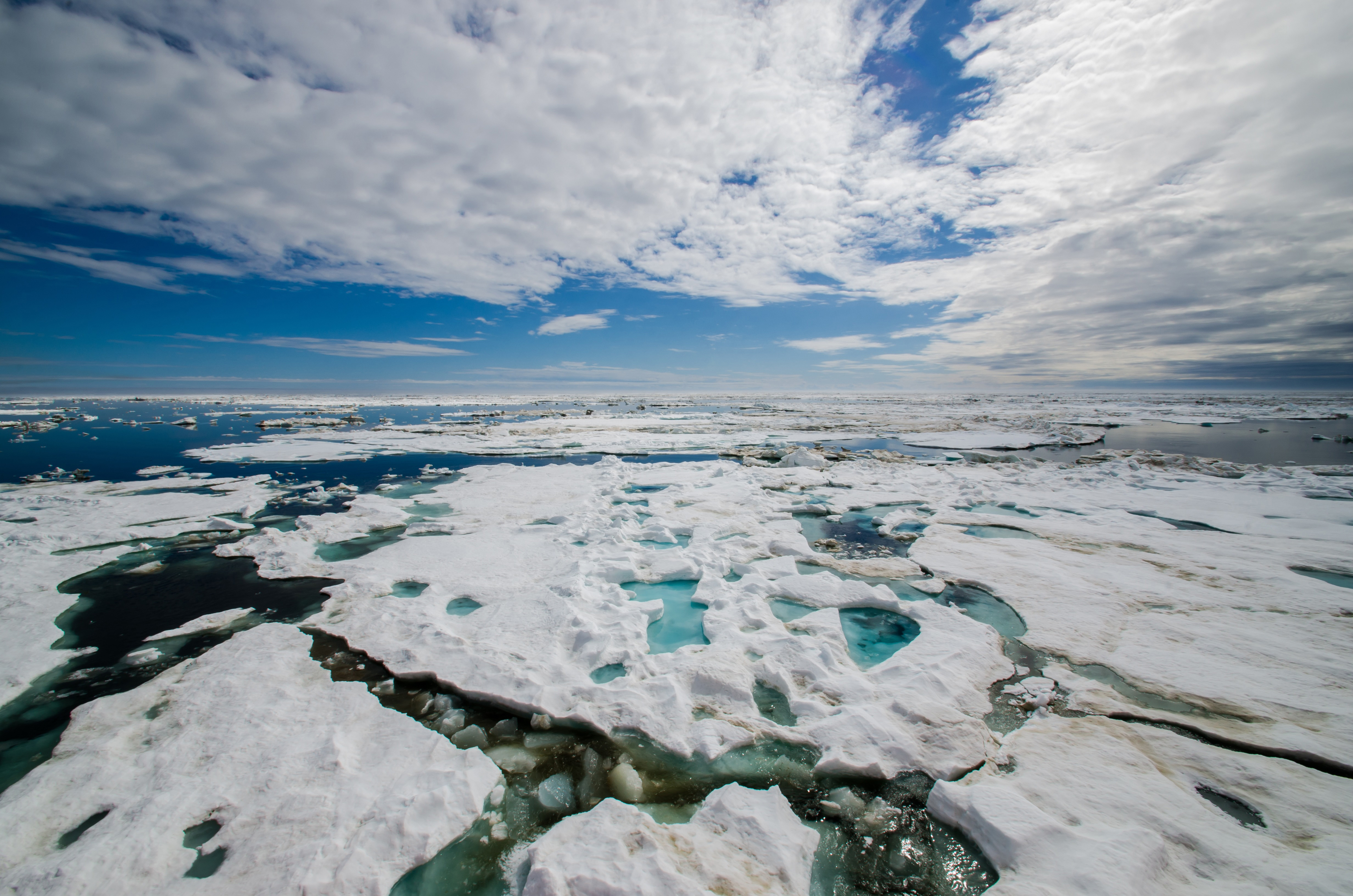Brand new footage has been obtained from the unexplored depths of the arctic ocean.
The HACON 2021 expedition explored underwater thermal vents at 82.5N latitude. It happened in late September and early October.
The expedition was headed by the CAGE/UiT (The Arctic University of Norway) and the Norwegian Institute for Water Research (NIVA), the research team of 28 scientists and engineers aboard the Arctic icebreaker RV Kronprins Haakon used an underwater remote-operated vehicle (ROV) to probe so-called “black smokers” in the Aurora vent field on the Gakkel Ridge.

The Ridge is 4,000m beneath an Arctic ice sheet that was first detected twenty years ago when seafloor dredging pulled up hydrothermal rock material from the vents. The HACON team returned to the place in 2019 to get vivid images but were unable to do so due to drifting ice conditions.
This time, the team used an ROV named “Aurora” from REV Ocean dive down to the vent field and directly sample the black smokers. They are named black smokers as they have a 300-degree Celsius liquid that they make. It is dark and smoky in appearance.
There were more than a hundred samples collected from the area and they were able to get geological, geochemical, and biological material that can now be studied.

“I was thrilled to be invited to contribute to this ‘high risk – high gain’ expedition that we had discussed many years previously as part of the Census of Marine Life program,” Dr. Maria Baker, co-lead of the Deep-Ocean Stewardship Initiative at the University of Southampton who was invited to take part in the expedition, said in a statement. “To feel the excitement of historic discovery, meet many fabulous people, and learn so much from deep-sea scientists from disciplines other than my own was just wonderful.”
The team aims to conserve the vulnerable marine ecosystems from this new information.


